We integrate faculty and students with differing expertise to discover, design and characterize advanced materials needed to address global societal challenges.
Faculty
Leadership
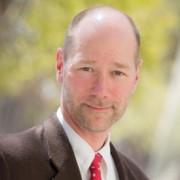
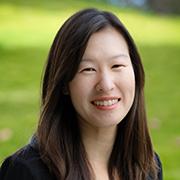
Andrea Tao
IMDD Co-Director
Assoc. Professor, NanoEngineering
UC San Diego Jacobs School of Engineering
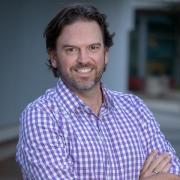
Jon Pokorski
IMDD Founding Faculty Member
Assoc. Professor, NanoEngineering
UC San Diego Jacobs School of Engineering
Faculty by Department
Chemistry and Biochemistry

Michael Burkart
Professor, Chemistry and Biochemistry
Chemical biology of natural product biosynthesis; Drug discovery; Algae biotechnology
Professor Burkart’s research focuses on enzymatic megasynthases to study metabolites, producer organisms, and protein-protein interaction to enable drug discovery, renewable energy, and novel biomaterials.

Joshua Figueroa
Professor, Chemistry and Biochemistry
Synthesis and study of highly reactive and novel metal complexes
Professor Figueroa’s research specializes in design and synthesis of highly reactive transition metal complexes with applications ranging from small-molecule activation, catalysis and organic methodology. His group employs computational methods, synthetic and spectroscopic techniques to study these novel metal complexes.
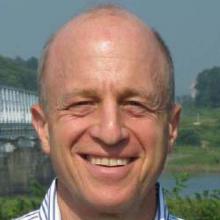
Andrew Kummel
Professor, Chemistry and Biochemistry
Vacuum deposition of semiconductor oxides; Scanning tunneling microscopy/spectroscopy
Professor Kummel focuses on atomic layer deposition (ALD) of oxides combined with scanning tunneling microscopy/spectroscopy (STM/STS), density functional theory (DFT) computations to develop a fundamental understanding of semiconductor interfaces.
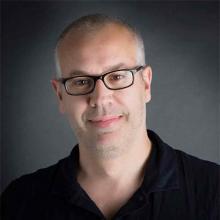
Francesco Paesani
Professor, Chemistry and Biochemistry
Many-body molecular dynamics; metal organic frameworks (MOFs); Vibrational spectroscopy
Professor Paesani’s interests lie in computational simulation to predict the behavior of complex molecular systems at different length and time scales. His group focuses on many-body molecular dynamics, vibrational spectroscopy, and metal organic frameworks (MOFs) related research.

Michael Sailor
Professor, Chemistry and Biochemistry
Silicon-based nanotechnology; Drug delivery; in vivo and in vitro imaging
Professor Sailor is a leading expert in porous silicon nanomaterials and their applications. His research specializes in the synthesis of silicon-based nanomaterials, and using them for nanotechnology-enabled medical treatments such as drug delivery.

Alina Schimpf
Assistant Professor, Chemistry and Biochemistry
Solution-based synthesis of cluster-based frameworks and colloidal nanocrystals
Professor Schimpf’s expertise is in the synthesis of novel nanoscale materials, and their spectroscopic characterization of electronic and photophysical properties. Her research group is developing inorganic cluster-based frameworks and colloidal nanocrystals using solution-based techniques.
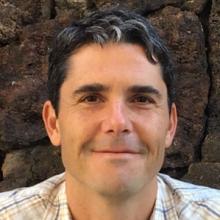
Akif Tezcan
Professor, Chemistry and Biochemistry
Bioinorganic and biophysical chemistry; Metalloprotein design; Molecular dynamics
Professor Tezcan focuses on the development of metalloprotein structure and function, as well as biosynthesis of novel materials. His research group works on protein-polymer hybrids, protein-MOFs, and nitrogenases using a wide range of tools including computational protein design, spectroscopy, and microscopy.
Department of Chemistry and Biochemistry
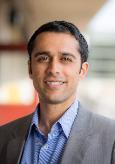
Neal Devaraj
Professor, Department of Chemistry and Biochemistry
Synthesis of artificial cells; Investigation of self-assembly of lipid vesicle assemblies
Professor Devaraj focuses on creating artificial cells and membranes, and investigating novel biochemical pathways. His research interests include developing tools for detecting/labeling RNA, and tetrazine bioorthogonal reactions.
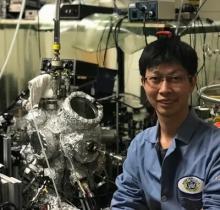
Shaowei Li
Assistant Professor, Department of Chemistry and Biochemistry
Atomic scale photochemistry; Low-dimensional catalysis; Molecular coherent chemistry
Professor Li’s group combines optical techniques with scanning probe microscopy to explore the quantum properties of single molecules and low dimensional materials in both real and temporal spaces. His group’s goal is to provide fundamental understandings of light-matter interaction at the subwavelength level, and design nano-scale electro-optical devices.
Department of Computer Science & Engineering
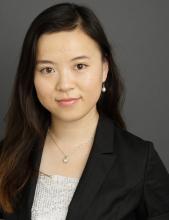
Qi (Rose) Yu
Assistant Professor, Department of Computer Science & Engineering
Theory and application of machine learning; Large-scale spatiotemporal data
Professor Yu and her research group are working on machine learning for large-scale spatiotemporal data. Her research interests include the interplay between physics and machine learning, and its application on learning dynamical systems for sustainability.
Department of Ophthalmology
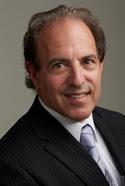
William R. Freeman, MD
Distinguished Professor and Vice Chair of Ophthalmology, Director of UCSSD Jacobs Retina Center and Retina Fellowship Training, Department of Ophthalmology
Dr. Freeman’s research interests relate to intraocular drug delivery, with a particular focus on systems that prolong the duration of intravitreally directed drugs. He has over 600 publications in the field of retina disease, and a long-standing collaboration with Sailor’s group on micro and nanomaterials to improve retinal drug delivery and pharmacokinetics. He also leads a major engineering and data sciences initiative to use artificial intelligence (AI) to better understand retinal disease and retinal imaging data.
Electrical and Computer Engineering
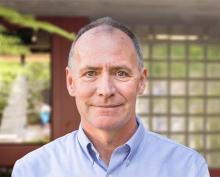
Eric Fullerton
Professor, Electrical and Computer Engineering
Thin film/superlattice growth; Magnetic recording; X-ray and neutron scattering
Professor Fullerton is an internationally acclaimed scholar in thin film and superlattice growth, as well as magnetic recording. His research interests include ultra-low-energy memory, processing elements and architectures to lower the energy consumption of information technologies.
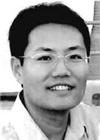
Zhaowei Liu
Associate Professor, Electrical and Computer Engineering
Nanoscale science and technology, photonics, plasmonics, super-resolution microscopy, micro/nano manufacturing, metamaterials, biomedical imaging and sensing.

Yu-Hwa Lo
Professor, Electrical and Computer Engineering
Biomedical devices and systems; Nanophotonics and nanoscale semiconductor devices
Professor Lo designs biomedical devices that combine microfluidic, photonic, acoustic, and electronic technologies for diagnosis/prognosis of diseases. His group focuses on the study of condensed matter photonics and the fabrication of optoelectronic devices.
Mechanical and Aerospace Engineering

Prabhakar Bandaru
Materials Science and Engineering Program Director, Mechanical and Aerospace Engineering
Electrochemical energy storage; Control of thermal energy and fluid flow at the nanoscale
Professor Bandaru specializes in fundamental studies of materials, focusing on their electrical, optical, and thermal properties. The applications of his work include next generation capacitors and batteries. Director, Materials Science and Engineering Program.
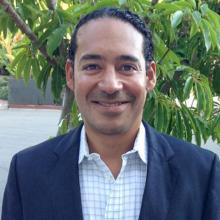
Javier Garay
Professor, Mechanical and Aerospace Engineering
Optical and magnetic materials/devices; Nanoscale materials engineering
Professor Garay’s research interests lie in understanding the role of the length scale of nano-/ micro-structural features on light, heat, and magnetism. His research group also works on devices utilizing optical and magnetic properties of nanomaterials.

Olivia Graeve
Professor, Mechanical and Aerospace Engineering
Extreme Materials; Luminescent properties of nanomaterials; Colloidal systems
Professor Graeve has gained international recognition in the area of nanomaterials manufacturing. Her research group works on electromagnetic multifunctional materials for sensors/energy applications and characterizations of nanopowders.
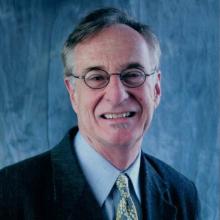
Marc Meyers
Professor, Mechanical and Aerospace Engineering
Biological and bioinspired materials; Materials under extreme conditions
Professor Meyers studies a wide range of naturally occurring biomaterials, including shells, crab exoskeleton and sharp materials. He also studies mechanical and dynamic behavior of materials with emphasis on laser compression and high speed reactions.
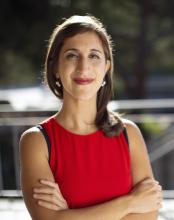
Lisa Poulikakos
Assistant Professor, Mechanical and Aerospace Engineering
Optical Materials, Nanophotonics, Metamaterials, Anisotropic Materials
Professor Poulikakos’ research furthers the science and engineering of nanophotonic materials to controllably enhance, probe and influence naturally-occurring light-matter interactions on the nanoscale. Among the rich palette of societally-relevant applications enabled by nanoscale-light-design, her research interests include leveraging nanophotonic materials to exploit the interaction of biological matter with light.
Molecular Biology
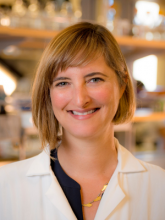
Rachel Dutton
Assistant Professor, Molecular Biology
Microbial communities; Molecular biology
Professor Dutton’s research aims to understand the basic mechanism in microbial communities. Her group’s approach is to adopt a simplified microbial community by using cheese as a model system, to better understand the complex life of microbes.
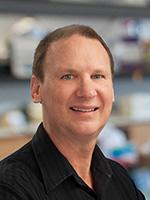
James Golden
Professor, Molecular Biology
Biotechnology of cyanobacteria; Molecular biology
Professor James Golden’s lab focuses on the development/application of improved genetic tools for cyanobacterial genetic engineering. His group synthesizes bioactive natural products and biofuels through genetic engineering of cyanobacteria.
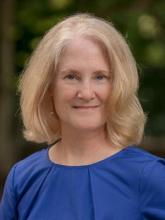
Susan Golden
Distinguished Professor, Molecular Biology
Circadian rhythms of gene expression in cyanobacteria
Professor Susan Golden studies the circadian clock of cyanobacteria. Her group uses molecular genetics, genomics, biochemistry, and structural biologists to understand the mechanism and pattern of the clock.
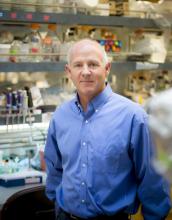
Stephen Mayfield
Professor, Molecular Biology
Engineering algae for the production of therapeutic proteins and biofuels
Professor Mayfield’s lab focuses on molecular genetics of green algae, the production of therapeutic proteins and biofuel molecules using algae as the manufacturing platform.
NanoEngineering
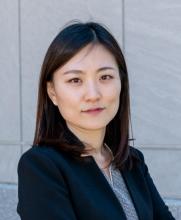
Jinhye Bae
Assistant Professor, NanoEngineering
Polymeric materials for energy harvesting/storage systems; Flexible materials/devices
Professor Bae focuses on understanding and leveraging the physics, mechanics and dynamics of polymeric materials. Her group’s research interests include integrating material characteristics into new structural design and fabrication approaches for improving biomedical devices, sensors, and soft robotics.
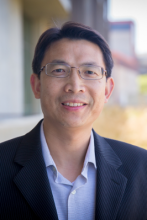
Shaochen Chen
Professor, NanoEngineering
3D printing and bioprinting; Stem cells/tissue engineering; Organ/tissue-on-a-chip
Professor Chen specializes in 3D bioprinting and biomaterials for tissue engineering and regenerative medicine. His group also works on human induced pluripotent stem cells (iPSCs), bio/nano materials and organ/tissue-on-a-chip for disease modeling and early drug screening.

David Fenning
Assistant Professor, NanoEngineering
Defect engineering for high-efficiency solar cells; Photoelectrochemical solar-to-fuels
Professor Fenning’s group focuses on development of new approaches for controlling defects in photovoltaic materials. His area of research includes silicon and perovskite solar cells and CO2 electrocatalysis for solar-to-fuels.
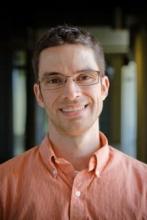
Darren Lipomi
Assoc. Professor, NanoEngineering
Flexible/stretchable polymer-based solar cells; Mechanically compliant organic electronics
Professor Lipomi focuses on flexible and stretchable electronic devices, fabricated by green chemistry and nanomanufacturing techniques. His research interests include mechanical properties of organic semiconductor and semiconducting polymers, and nanoisland structures on graphene.
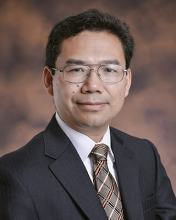
Ping Liu
Assoc. Professor, NanoEngineering
Electrochemical energy conversion/storage; Battery electrolyte; Electrochemical actuator
Professor Liu designs materials and architectures for electrochemical energy conversion and storage. His group’s goal is to make longer-life rechargeable batteries and solid-state actuators by tuning chemical and mechanical behavior of materials.
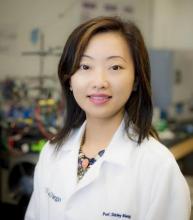
Shirley Meng
Professor, NanoEngineering
Electrochemical energy storage/conversion; Advanced characterization of energy materials
Professor Meng is a leading expert in energy storage and conversion. Her research group focuses on investigating fundamental science behind energy materials, and their application for energy storage and conversion. Professor Meng’s group also specializes in advanced characterization of energy materials.
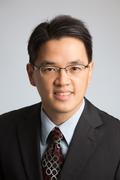
Shyue Ping Ong
Assoc. Professor, NanoEngineering
Data-driven computational design of materials
Professor Ong’s research goal is to bring forth a data-driven future for materials science. His research group combines first principles calculations and artificial intelligence/machine learning for materials simulations and predictions.
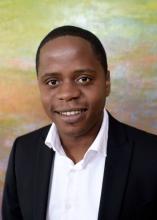
Tod Pascal
Assistant Professor, NanoEngineering
Theoretical and computational spectroscopy; Materials physics; Thermodynamics
Professor Pascal works on theoretical and computational methods to elucidate the structure and dynamics of electrochemical systems, disorder in condensed phase systems and spectroscopy at molecular interfaces.

Jon Pokorski
Assoc. Professor, NanoEngineering
Polymers for biomedicine; Nanofibers for regenerative medicine
Professor Pokorski focuses on developing novel materials for biomedical applications by integrating chemistry, protein engineering and materials science. His group specializes in polymer-based biomaterials, such as protein/polymer hybrid, and polyester nanofibers for regenerative medicine purposes.
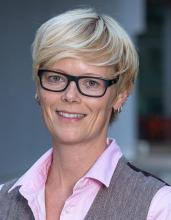
Nicole Steinmetz
Professor, NanoEngineering
Plant virus-driven materials; Molecular farming; Drug delivery
Professor Steinmetz’s research goal is to discover novel medicine and biotechnology through design, development of materials and biologics derived from plant viruses. Her research interests include plant virus-based nanoparticles and molecular farming, vaccines, immunotherapies, and drug delivery.

Andrea Tao
Assoc. Professor, NanoEngineering
Plasmonic nanoparticles for photovoltaics and photocatalysis; Colloidal synthesis
Professor Tao focuses on novel low-dimensional materials for photovoltaics and photocatalysis. Her research group aims to understand the chemical mechanism behind nucleation and growth of inorganic nanocrystals and also the use of metal chalcogenide nanocrystals for plasmonics.
Physical Sciences
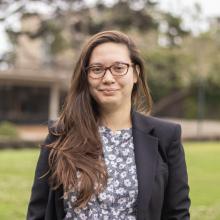
Monica Allen
Assistant Professor, Physical Sciences
Quantum materials; Nanoscale imaging with microwaves; Topological states of matter
Professor Allen focuses on the fundamental properties of quantum materials using nanoscale imaging and electronic device measurements. Her research group works on engineering new states of matter by using 2D quantum materials as building blocks, and developing quantum technologies in topological materials.
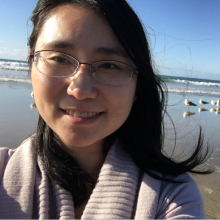
Chunhui Rita Du
Assistant Professor, Physical Sciences
Development of quantum sensing and imaging techniques to study properties (spin, charge, and heat, etc) of quantum materials in the nanometer scale. These research tools are versatile, including optical measurement based on nitrogen vacancy center in diamond, transport, and microwave spectroscopy as well as scanning probe magnetometry.
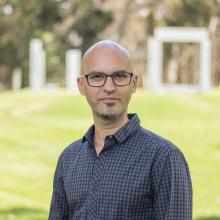
Alex Frano
Assistant Professor, Physical Sciences
Quantum materials; Synchrotron x-ray scattering
Professor Frano focuses on investigating materials with strongly correlated electrons using x-ray scattering techniques. His group utilizes state-of-art x-ray scattering techniques to reveal emerging phases and functionalities of transition metal oxide ceramics.
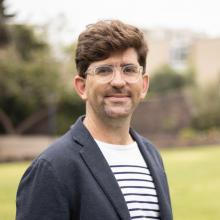
Jérémie Palacci
Assistant Professor, Physical Sciences
Active Colloids; Soft matter Physics; Non-equilibrium self-assembly
Professor Palacci focuses on the non-equilibrium self-assembly of colloidal building blocks. The research group introduces a novel approach to invoke dynamic self-assembly of colloids and to control the active colloids.
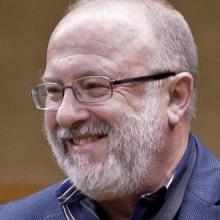
Ivan Schuller
Professor, Physical Sciences
Neuromorphic computing; Superconductors; Complex oxides
Professor Schuller and his group are working on a wide range of research projects from neuromorphic computing to superconductors and complex oxides. His group brings extensive experiences in superconducting materials and complex oxides-based devices.
Schuller Nanoscience Group, Quantum Materials for Energy Efficient Neuromorphic Computing
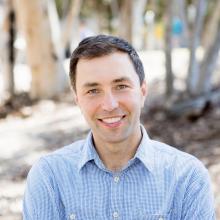
Oleg Shpyrko
Professor, Physical Sciences
Advanced x-ray microscopy of ionic, magnetic and electronic materials
Professor Shpyrko focuses on developing novel x-ray scattering techniques to probe dynamics in condensed matter systems. His research interests include operando imaging of working devices for energy applications and coherent fourth generation synchrotron sources, such as x-ray free electron lasers and energy recovery linacs.
Structural Engineering
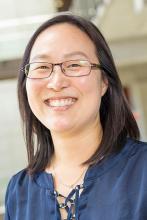
Hyunsun Kim
Professor, Structural Engineering
Structural/topology optimization; Multiscale/multiphysics optimization of structures
Professor Kim’s research is primarily focused on topology optimization. Professor Kim and her research group are developing level set topology optimization methods for multiscale and multiphysics problems, leading to the development of optimum multifunctional structures.

